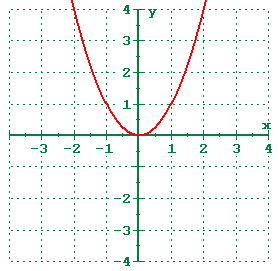Hi, my beloved friend. Seriously now, I am really not in the mood of writing. So just enjoy this video. For real.
All this video cover the whole chapter 3.4. I think, there's no need to explain in words anymore. Plus I am really not in the mood of writing. So I hope you enjoy this video. I just want to say that there are 3 method we can use to solve rational equation and inequalities.
1. Using normal method to solve algebra expression, but this is only for rational equation not inequalities.
2. Using number line and test value.
3. Using the graph, we have to draw the graph and observe the solution in the graph.
Thumbs up everybody!! We are at the end of this chapter. And I can assure that learning this chapter is more interesting with the three video above. Have fun reading my it!! See you next time, Bye!!!



